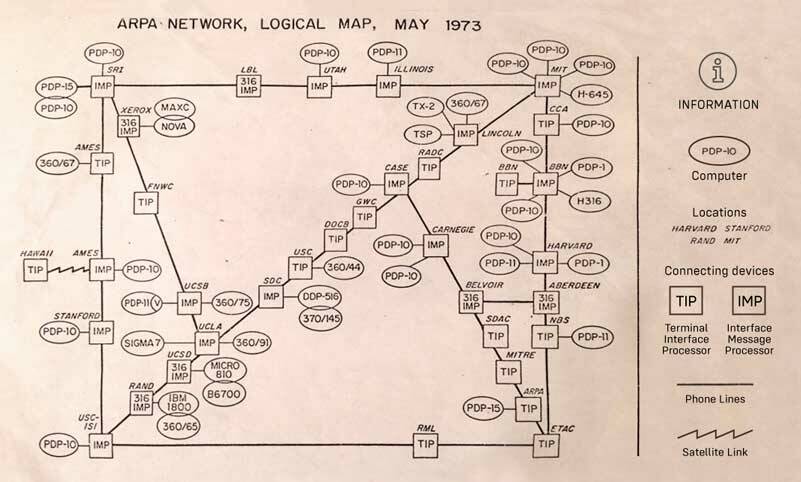By Morf Morford
Tacoma Daily Index
Whether you are considering migratory animals, local waterways or international economies and supply chains, one principle rules them all; everything is connected.
The development and production of every individual product requires an intricately designed and applied pattern of fabrication.
In fact, it would be easy to make the argument that any given product, from toilet paper to a gallon of gasoline has its own “ecosystem” that brings any given item into existence – and, of course, to the final step – into our hands.
“In our hands”, is not, however, the actual final step. Disposal, recycling or some kind of re-use is an entirely different system that is at least as complicated. Any given product from lawn chairs to white board markers “lasts”, in one form or another for decades if not centuries, somewhere.
Any and every individual product has its own “life cycle” within the larger marketplace.
Products, of course, are not “alive”, but each one does follow a fairly standard “life cycle”. Instead of “birth”, products are introduced, but from that point on, any product’s life cycle parallels our own. Products are introduced, they grow, they mature and they decline.
One way that products are distinct from living beings is that living beings are born of their parents, and are, by definition, derived from the DNA of their parents. There are very few, if any, “new” models of living beings.
Products, on the other hand, enter an “ecosystem” with three defining dynamics that living beings do not face.
The first is, is this a new or an old product?
Some products, like pencils, for example, are not new. Variations of style, size or color might be brought on the market, but when it comes to its essential use and structure, pencils have not changed – and almost certainly will not change – for years.
The second dynamic every product faces is, whether it is a new or old/familiar concept.
Writing implements, whether pens or pencils, are a familiar and stable product, but variations in concept are endless. Size, color and shape (and, in some case, quality) are only a few of the variations in concept within that particular product field.
The third dynamic influencing the life cycle of every product is how easily it can be copied.
Consider the lowly Fidget Spinner. It was a new product (within a field of children’s manipulative hand toys) and a new concept, but its fatal flaw was that it was easy (too easy!) to copy.
Cheap look-a likes flooded the market and the entire introduction, growth, maturity and decline (and near evaporation) cycle took place with about a year.
A key principle of the Fidget Spinner cycle is that if a product is easy to copy, its popularity will decline sooner than later – even a breakthrough product by a major player – consider Amazon’s Kindle.
The Kindle, by the way is a good example of an old product (reading material) with a new concept, which, for better or worse, was easy to mimic. As would be expected, the market was immediately flooded with similar (or better) products.
Unlike those short-cycle products, well established products are those whose popularity (and sales) remain constant over the years. Other than “back to school season”, for example, pens and pencils have stable, if not always exciting sales.
Seasonal sales, as in holidays and “back to school” seasons impact sales.
And then there was 2020
All of this is, of course, predicated on the stability of a larger functional system.
These rules and guiding principles were considered something like the inviolable foundations of a functional and prosperous market with opportunities for most, if not all.
The system worked, because the system worked.
And then when the system didn’t work, it really didn’t work. And many industries are scrambling to do what had been simple things.
Some of us might remember promises of the “paperless office”.
To put it mildly, it did not go quite as planned.
But in 2020 and 2021 we had our own version of a “paperless” office – and home. But it wasn’t entirely voluntary.
And it’s still not over.
Toilet paper is not as rare as it once was – though many stores still limit sales – the “paperless” experiment has woven its way through other aspects of the marketing system.
I heard recently of a winery with a healthy harvest, plenty of bottles, but no labels – or boxes.
The product was ready, but elements few of us even consider were keeping the product from the marketplace.
This is the new defining principle of the marketplace; one glitch in the network ripples through with unforeseeable impacts and consequences.
And we, as consumers, business owners and decision makers have, in the past few years, been assaulted by glitches large and small, and even vast and incomprehensible, on a near constant basis with immediate effects – and many that will be felt for years if not longer.
From Brexit to COVID to record setting hurricanes and fire seasons, or corporate bankruptcies in Asia, our economy and our private and public lives have been battered by systems and decisions far from our control.
Decisions made miles from us, or many years ago still percolate through our lives affecting everything from the cost of food to where we can live.
If you’ve ever worked in customer service you know that customers like new things – but not too new.
Novelty sells, but not odd things.
Even among “early adopters” not very many people want to be the first person to eat or wear that new item.
But over the long term, in every category and every industry, the one core principle remains – everything is connected.






